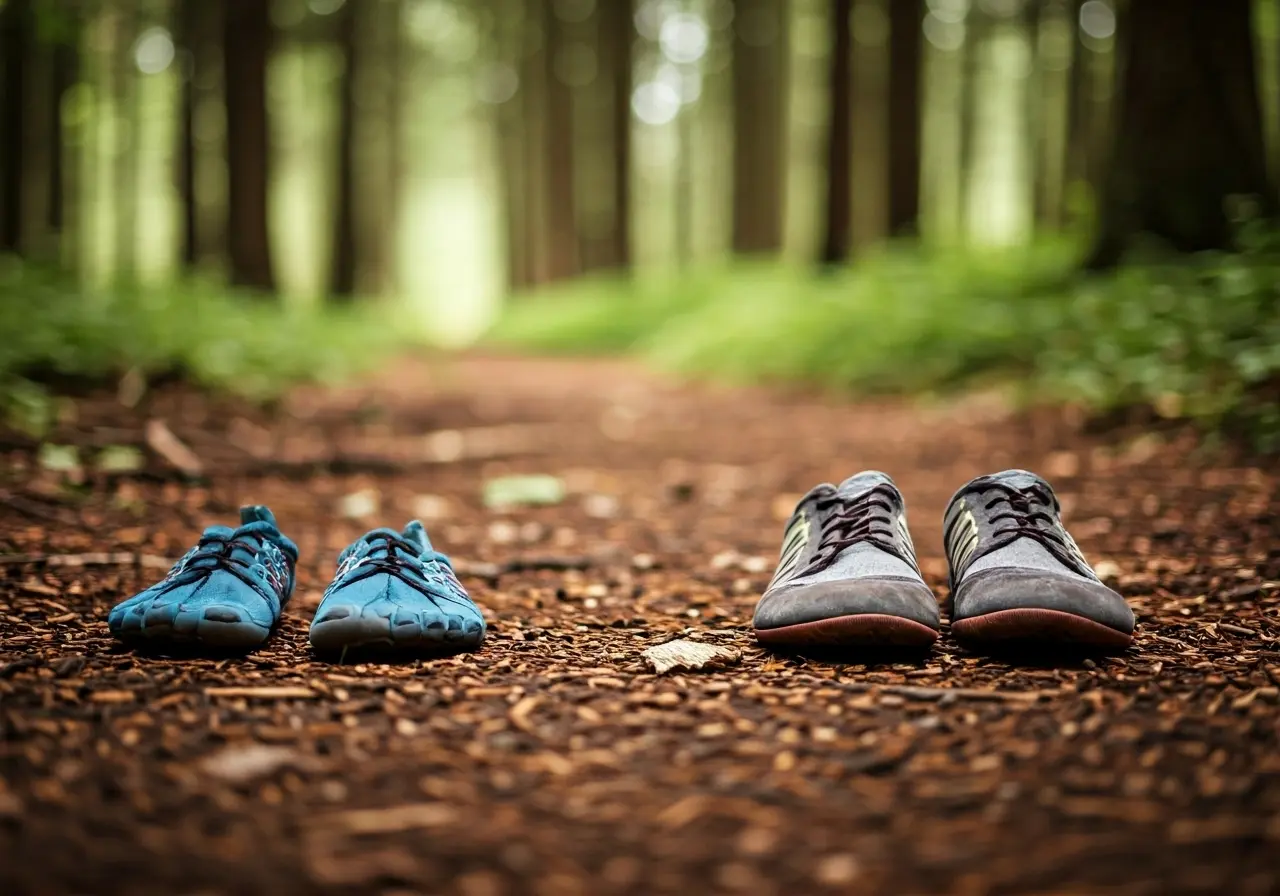
What Should I Look for When Choosing Barefoot Shoes for Hiking?
Barefoot shoes have gained popularity among hiking enthusiasts who crave a minimalist experience. However, selecting the right pair can be daunting with so many options available. This FAQ guide will answer any questions you may have, helping you find barefoot shoes that perfectly match your hiking needs.
Why Choose Barefoot Shoes for Hiking?
Barefoot shoes allow your feet to move naturally, providing enhanced sensory feedback and improving balance and strength. They are perfect for those who prefer a more grounded and connected feel during hiking.
The trend towards barefoot shoes resonates with many outdoor enthusiasts due to the shoes’ ability to offer the minimalistic experience they yearn for. Stepping lightly on the trail means you can feel the different textures underfoot, which can enrich your hiking experience. Moreover, these shoes help strengthen muscles used less frequently in traditional footwear, potentially reducing injuries.
Key Features to Consider
When selecting barefoot shoes, focus on flexibility, thinness, and a wide toe box. These features ensure that the shoes mimic natural foot movement and offer comfort on varied terrains.
Flexibility in barefoot shoes is essential as it allows your feet to adapt to uneven surfaces more effectively. A thin sole is another critical feature because it enhances ground feel while still protecting from sharp objects. A generous toe box permits your toes to splay naturally, adding to both comfort and foot health during hikes.
Different terrains require different considerations. If you plan to hike on challenging, rocky paths, consider shoes with reinforced durability. However, if your hikes involve milder trails, focus might be placed more on lightweight construction and breathability.
Material and Durability
Look for shoes made from durable materials resistant to wear and tear. Good-quality barefoot shoes often use materials like leather or synthetic fibers for long-lasting use, especially on rugged trails.
Materials such as vegan leather and durable synthetics present in many barefoot shoes often contribute to both comfort and longevity. These materials are designed to withstand the rigors of trail wear while maintaining a level of comfort you can rely on over many miles.
The longevity of your barefoot shoes will largely depend on the materials. Be sure to check whether they offer protective features such as weather-resistant coatings. Such coatings can be particularly useful if your hiking involves wet or muddy conditions.
Assessing Comfort and Fit
Ensure the shoes fit well and provide adequate comfort during long hikes. Check for a snug heel, ample toe room, and a secure midfoot. Trying shoes with the socks you intend to wear can help achieve the perfect fit.
The comfort of barefoot hiking shoes often transcends simple fit. The right pair will support the natural arch of your foot without excessive padding, which ensures a more enjoyable hike. Comfort is further enhanced when the shoe accommodates natural foot movements, which is essential to prevent fatigue in longer treks.
Traction and Grip
A crucial aspect of hiking shoes is their grip. Opt for soles with good traction patterns to prevent slips and falls, whether you’re climbing rocky paths or navigating muddy trails.
Traction in barefoot shoes is typically designed with varied conditions in mind. Deep tread patterns on the soles provide stability across diverse terrains, which makes these shoes versatile and reliable.
To ensure maximum grip, consider a shoe with a sole that offers both grooves and lugs. This patterning provides excellent grip while maintaining the barefoot feel hikers seek. The right traction can make a significant difference in safety and steadiness, enhancing your overall hiking experience.
Conclusion
Choosing the right barefoot shoes for hiking involves carefully considering various factors like comfort, durability, and fit. By keeping these key points in mind, you can embark on your hiking adventures with confidence and ease, making the most of your barefoot journey. For more options, feel free to explore the wide range of Barefoot shoes we offer to find the perfect fit for your next adventure.
- Choosing a selection results in a full page refresh.
!


























































